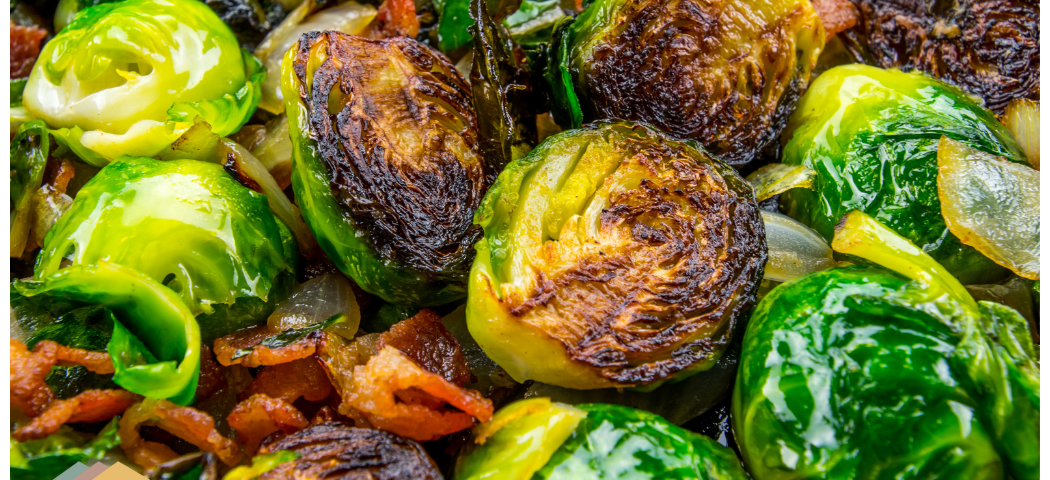
The Ultimate Guide to Lost Weekend: A Cafe-Lover’s Paradise in München
October 18, 2022
The Munich Readery: No Doubt, the Best English Bookstore in Munich
February 9, 2023Germany is a land of hearty, flavorful and nutritious vegetables, making it a vegetable lover’s paradise. The options are endless from crisp and crunchy winter lettuces to sweet and earthy beets. Why? Because Germany is not too far from northern Africa, southern Spain and Greece, and Turkey. Yes, these are the countries and regions Germany gets its vegetables. Vegetables in Germany are rather varied, depending on your dietary needs, depending on your ethnicity. Germany is very multicultural, so the vegetables in Germany is as varied as the ethnicities in Germany. So if you are moving here, there is always a shop for you. Don’t worry.
It will be a bit more expensive than back home, but there is always a place for you.
Kohlrabi
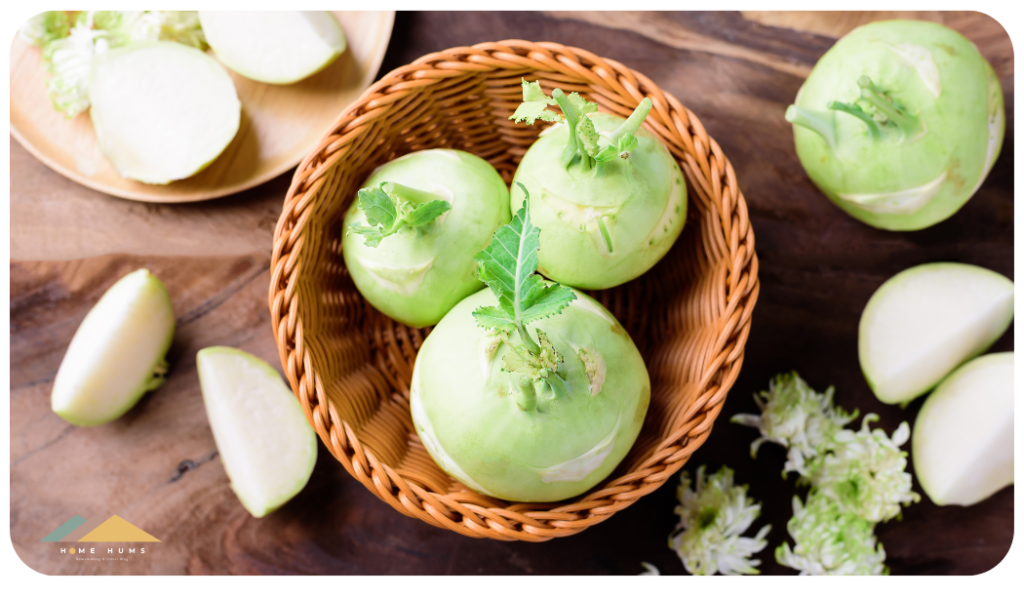
Kohlrabi, the misunderstood vegetable of the brassica family. This bulbous veggie may look like a UFO, but it’s actually quite friendly, and delicious. Its flavor is a mixture of broccoli stem, turnip and cabbage, making it an easy ingredient to pair with different flavors and seasonings. And it’s not just taste, kohlrabi also packs a punch of nutrients like Vitamin C, potassium, and fiber. It can be eaten raw in salads, sautéed, boiled, or even fried for a crispy snack. It’s like the wild card of the vegetable world, you never know what you’re going to get with Kohlrabi, but you’re always in for a pleasant surprise. So, don’t be afraid to add some variety to your plate with kohlrabi, it’s a vegetable that will leave you kohl-ing with happiness.
Brussels sprouts
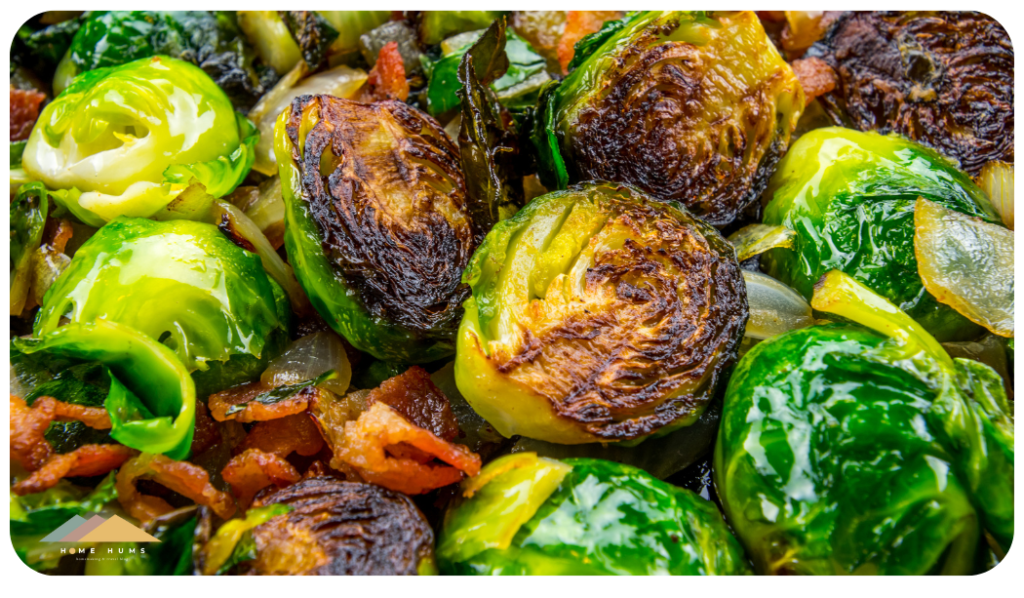
Brussels sprouts, the little green orbs of deliciousness. These mini-cabbages often get a bad reputation, but they are truly a winter wonder. Roasted with a little bit of olive oil, salt, and pepper, they transform into crispy, sweet and nutty treats. They are a great source of Vitamin K and Vitamin C, as well as fiber and protein. Plus, Brussels sprouts contain antioxidants and phytochemicals that may have anti-inflammatory and cancer-fighting properties. Cooking them with bacon or pancetta doesn’t hurt either, adding an extra layer of flavor and making them irresistible. They’re like the hipster of vegetables, misunderstood at first, but once you give them a chance, you’ll see how unique and special they are. Next time you’re at the grocery store, don’t shy away from Brussels sprouts, they are a winter veggie that will make you sprout with joy.
Winter Lettuce

Winter lettuce, the steady Eddy of the salad greens. While its flashier cousins like arugula and spinach get all the attention, winter lettuce is the workhorse of the greens world. It’s the green canvas that can stand up to any dressing or toppings you can throw at it. Romaine, Iceberg, Endive, all varieties of winter lettuce are crisp, crunchy and packed with Vitamin A, K and C. It’s the perfect ingredient for salads, sandwiches and even grilled as a steak alternative. Winter lettuce is like the straight man in a comedy duo, it may not be the star, but it holds its own and makes everything else better. So, next time you’re at the grocery store, don’t overlook the humble winter lettuce, it may just surprise you with its versatility and dependability.
Savoy Cabbage
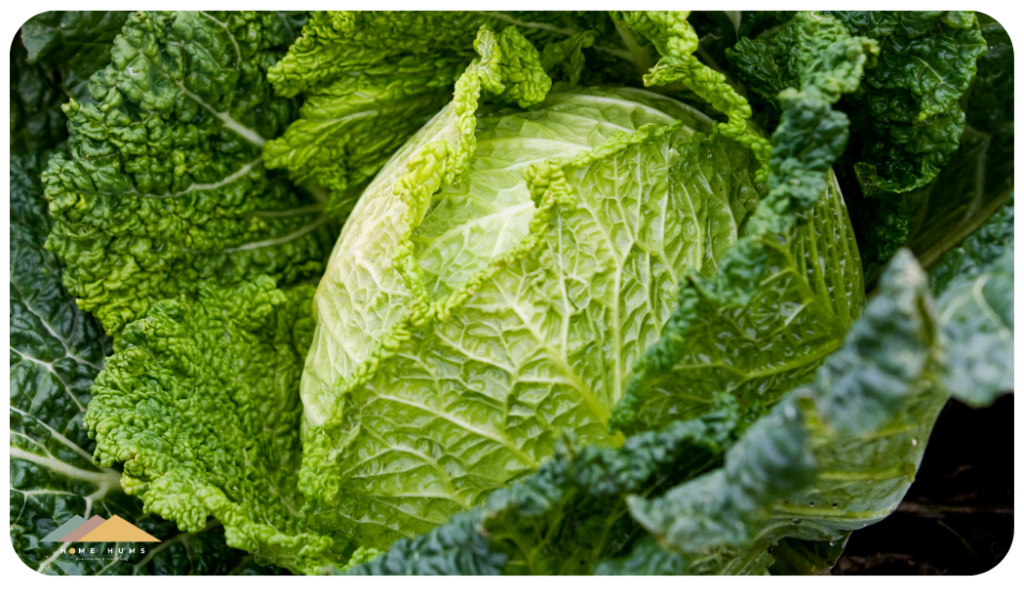
Savoy cabbage, the elegant cabbage of the brassica family. This crinkly green leafy vegetable is a true winter staple. Its delicate flavor is a perfect complement to hearty soups and stews, and its tender leaves make it an excellent candidate for stir-fries and salads. It’s packed with Vitamin C, fiber, and other nutrients that make it a healthy addition to any diet. And let’s not forget about its beautiful, curly appearance, which adds a touch of sophistication to any dish. Savoy cabbage is like the black-tie of vegetables, it’s dressed to impress and always puts on a good show. So, next time you’re at the grocery store, don’t be afraid to add some class to your plate with savoy cabbage, it’s a vegetable that will leave you feeling like royalty.
Asparagus

Asparagus, the royal vegetable of Germany. This versatile and nutritious green stem is a true delight. But wait, there’s more! Germany also has white asparagus, the albino version of its green cousin. White asparagus is milder in flavor and considered a delicacy in Germany, especially during the spring season. Germans love to celebrate the arrival of white asparagus with festivals, menus, and dishes dedicated solely to this coveted vegetable. It’s a symbol of spring, a time for fresh beginnings and new growth. White asparagus is typically boiled and served with melted butter, hollandaise sauce or ham, making it a perfect addition to any meal. So, whether you prefer green or white asparagus, there’s no denying that this vegetable is a true springtime star in Germany. Get ready to dig in and experience the joy of asparagus season!
Black salsify
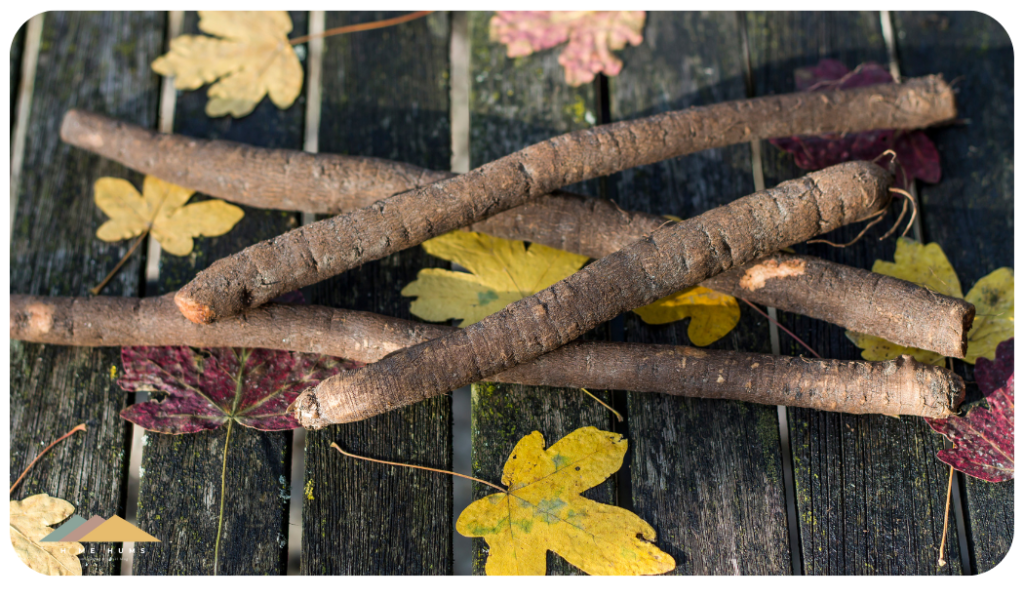
Black salsify, the mysterious vegetable of the root family. This underappreciated root vegetable has a unique flavor that has been described as a mixture of oyster, artichoke, and hazelnut. It’s a versatile ingredient that can be roasted, boiled, or even pureed into a soup. But don’t let its delicate flavor fool you, black salsify is also packed with vitamins and minerals that make it a nutritious addition to any diet. And let’s not forget about its striking appearance, with its jet-black skin and white flesh, black salsify adds a touch of drama to any dish. It’s like the Gothic prince of vegetables, dark, mysterious, and alluring. So, don’t be afraid to add some intrigue to your plate with black salsify, it’s a vegetable that will leave you salsifying for more
Wild garlic
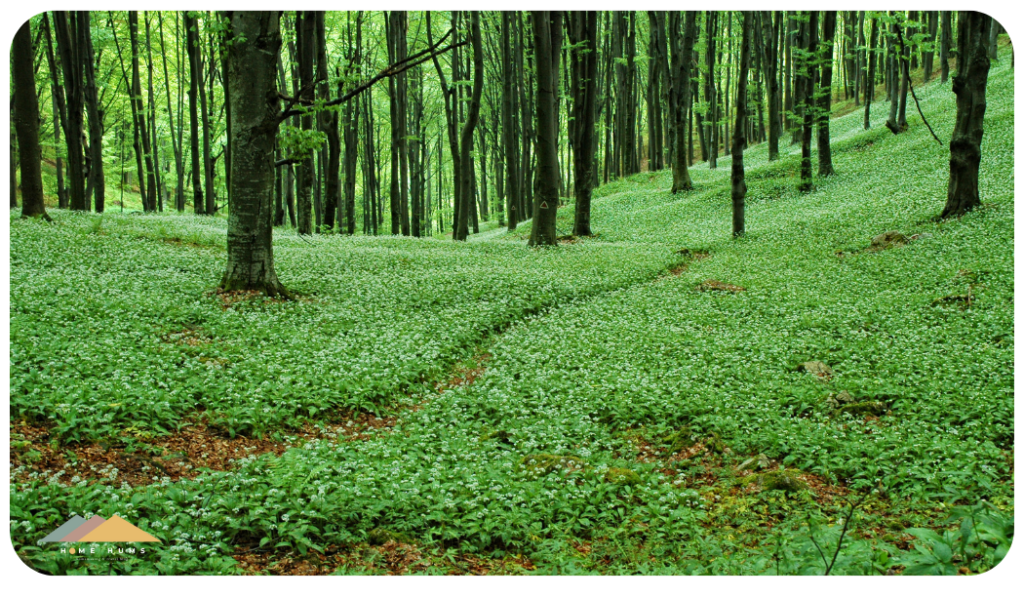
Wild garlic, the feisty herb of the onion family. This wild cousin of the domestic garlic packs a punch of flavor and aroma that’s sure to liven up any dish. It’s a popular ingredient in German cuisine, adding a mild garlic flavor to soups, sauces, and dips. Wild garlic’s leaves is also a nutritious herb, high in antioxidants and other beneficial compounds. Its delicate white flowers and lush green leaves also add a touch of beauty to any meal. Wild garlic, locally called bärlauch, is a popular vegetable in early spring. Locals forage, yes, that’s right, forage the young leaves in spring and make a bärlauch pesto. Often, locals have a little hidden spot they frequent in early spring.
Wild garlic is like the rogue of herbs, it’s bold, assertive, and always up for a good time. So, next time you’re in the mood for something a little wild, try adding some wild garlic to your plate, it’s sure to make your taste buds dance with joy.
But the real stars of the show are the brassicas, the cruciferous family of vegetables that include favorites like Brussels sprouts, cabbage, and kohlrabi. These vegetables are known for their versatility, nutrition and satisfying crunch. And let’s not forget about the hearty root vegetables like parsnips, turnips, and rutabaga, that provide warmth and comfort on chilly winter days. So, whether you’re looking for a healthy snack, a flavorful side dish, or a hearty main course, Germany’s vegetables will not disappoint. Get ready to kohl- with happiness and sprout with joy!
I’m not really looking for German vegetables but vegetables in Germany!
I got you. I’m Asian, and I need certain vegetables and herbs. I live in Munich, and thankfully there are many Asian shops in Munchen. But great news, if you’re African or Middle East Asian, there is always a Turkish store with most of the vegetables and herbs many Asians and Africans need! Plantains! Cassava! Vietnamese balm. Tofu. Okra. Oh god, okra for such an affordable price.
So there you go, either you’re looking for vegetables in Germany to grow or German vegetables to eat, the ones mentioned above are some of the most common ones.

